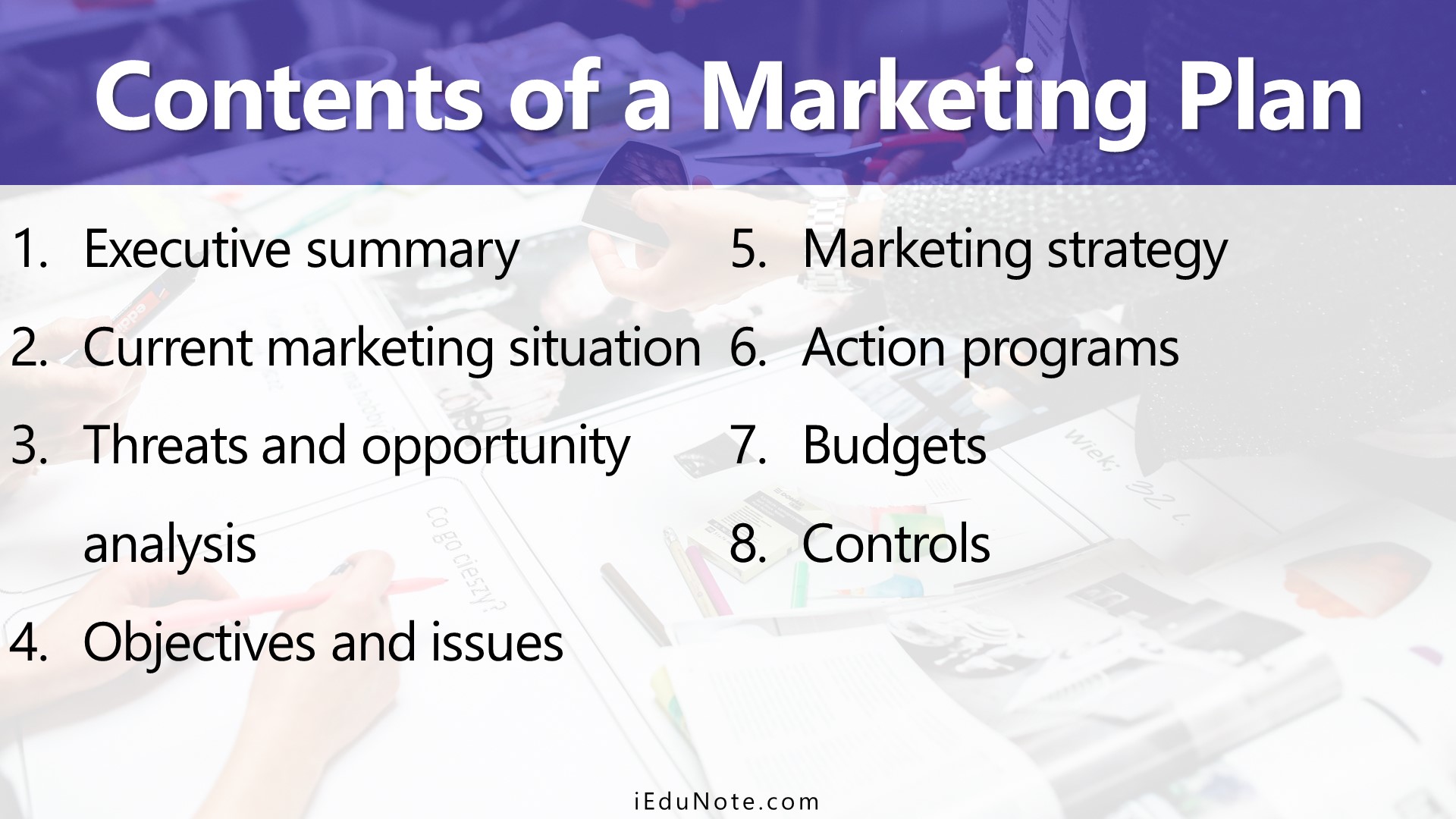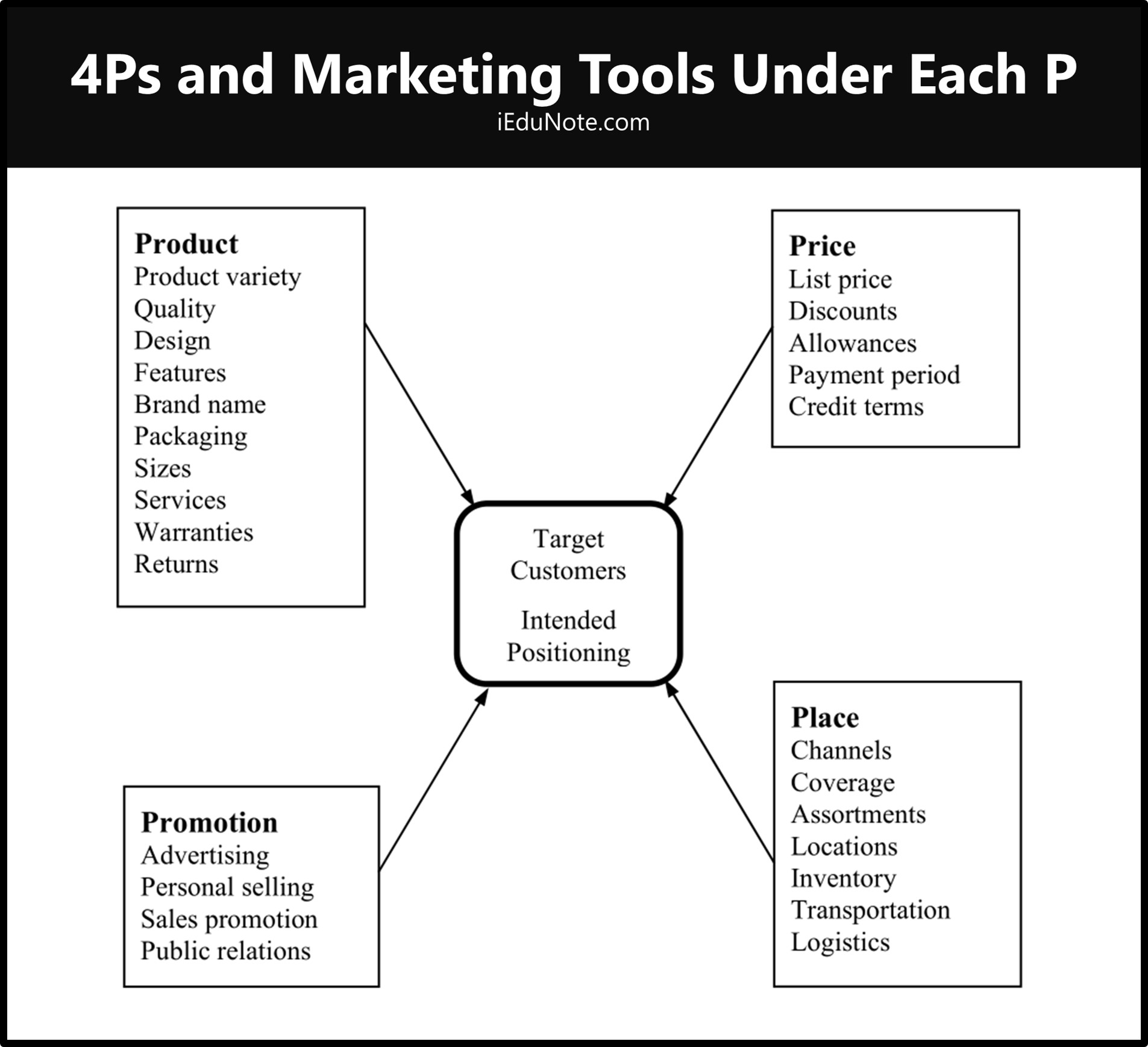Undertaking actions based on a marketing plan can place a company better than its competitors. Preparing the plan requires a few sequential steps, which should be followed for a better plan to follow.
A marketing plan contains an executive summary, statement of the current marketing situation, analysis of the opportunities and issues, objectives of the firm, marketing strategy to be pursued, action programs to be taken, projected Profit-and-loss statement, and the control measures to be taken.
What is Marketing Planning?
Marketing planning refers to developing marketing strategies that will help the company accomplish its overall strategic objectives. A detailed marketing plan is required for each business, product, or brand.
One of the most important marketing process outputs is the marketing plan, and each business unit must develop a marketing plan. The development of such a plan is necessary for the achievement of goals.
But what do we mean by marketing planning and marketing plan?
Marketing planning is selecting a marketing strategy and the tactics to implement it to reach a defined set of goals. It focuses on the shorter term, often one year.
In addition, it tends to detail line-by-line expense budgets and tactical approaches.
Marketing planning;
- involves an assessment of where the company stands in the marketplace;
- is a determination of where the company wants to be in the future;
- the creation of marketing actions designed to achieve that future desired position; and
- a provision of determining how the effectiveness of those actions will be evaluated at the end of the operating period.
The marketing plan is the result of the planning process.
Contents of a Marketing Plan

The various sections and purposes thereof of an ideal product or brand plan are shown in the following table:
| Section | Purpose |
| Executive summary | Presents a brief overview of the proposed plan for quick management review |
| Current marketing situation | Presents relevant background data on the market, product, competition, and distribution |
| Threats and opportunity analysis | Identifies the main threats and opportunities that might impact the product |
| Objectives and issues | Defines the company’s objectives for the product in sales, market share, and profit, and the issues that will affect these objectives. |
| Marketing strategy | Presents the broad marketing approach that will be used to achieve the plan’s objectives. |
| Action programs | Specifies what will be done, who will do it, when it is done, and how much it will cost. |
| Budgets | A projected profit and loss statement that forecasts the expected financial outcomes from the plan. |
| Controls | Indicates how the progress of the plan will be monitored. |
Executive Summary
The executive summary is the opening section of the marketing plan. It presents a summary of the main goals and recommendations to be presented in the plan.
The executive summary helps top management to locate the plan’s major points quickly. A table of contents should follow the executive summary.
Current Marketing Situation
The current marketing situation is the first major section of the plan. It describes the target market and the company’s position therein.
This section contains information about the market, product performance, competition, and distribution. It contains a market description that defines the market, including major market segments.
The market planner estimates market size as a whole and segments for the few preceding years and then reviews customer needs and factors in the marketing environment that may influence customer purchasing.
Then comes product review, which shows sales, price, and gross margins of the product line’s major products.
A subsection on competition identifies major competitors and evaluates their strategies for product quality, pricing, distribution, and promotion. It also shows the companies and each of its competitors’ present market share.
Finally, a subsection on distribution describes recent sales trends and changes in the major channels of distribution.
Threats and Opportunities
In this section, the planner lists as many threats and opportunities as anticipated that the product might face. This section enables the manager to anticipate important developments that might affect the company.
An increase in the number of competitors and the introduction of new products are examples of threats. In contrast, the improvement of economic conditions and product innovation are examples of opportunities that have important implications for a marketer.
Threats and opportunities should be carefully analyzed from the company’s standpoint so that the managers might develop proper strategies to counter these threats and exploit these opportunities.
Objectives and Issues
Analysis of threats and opportunities leads the marketer towards setting objectives and consider issues that will affect them.
The objectives should be stated in terms of goals the company would like to attain during the plan’s period.
For example, a company’s goal may be ”to increase market share by 10 percent during the next year.”
This raises an important issue. How can market share be increased? The marketer should consider the major issues regarding increasing market share.
Marketing Strategies
In this section of the marketing plan, the manager outlines the broad marketing strategy or ”game plan” for attaining the objectives. Marketing strategy is the marketing logic by which the business unit hopes to achieve its marketing objectives.
It consists of specific strategies for target markets, positioning, the marketing mix, and marketing expenditure levels. The marketing strategy should detail the market segments on which the company will focus.
These segments differ in their needs and want, responses to marketing, and profitability.
The company would be smart to put its effort and energy into those market segments; it can best-serve from a competitive perspective and then develop a marketing strategy for each targeted segment.
The manager should also outline specific marketing mix elements such as new products, field sales, advertising, sales promotion, prices, and distribution.
The manager should explain how each strategy responds to the threats, opportunities, and critical issues spelled out earlier in the plan.
Action Programs
Marketing strategies should be translated into specific action programs that will indicate what to do and when and by whom it will be done and its cost. The action plan indicates when activities will be started, reviewed, and completed.
Budgets
Action plans allow the manager to make a supporting marketing budget that is essentially a projected profit-and-loss statement. It shows the forecasted number of units that would be sold and the average net price for revenues.
On the expense side, it shows the cost of production, physical distribution, and marketing. The difference is the projected profit. Top management will review the budget and either approve or modify it.
Once approved, the budget is based on materials buying, production scheduling, personnel planning, and marketing operations.
Budgeting can be very difficult, and budgeting methods range from simple ”rules of thumb” to complex computer models.
Controls
Control is the last section of the marketing plan. It outlines the control methods that will be used to monitor development. Goals and budgets are set for a specific time period.
This allows the management to review the results each period and identify businesses or products that are not meeting their goals.
Persons responsible for managing these businesses and products have to explain these problems and the corrective measures.

